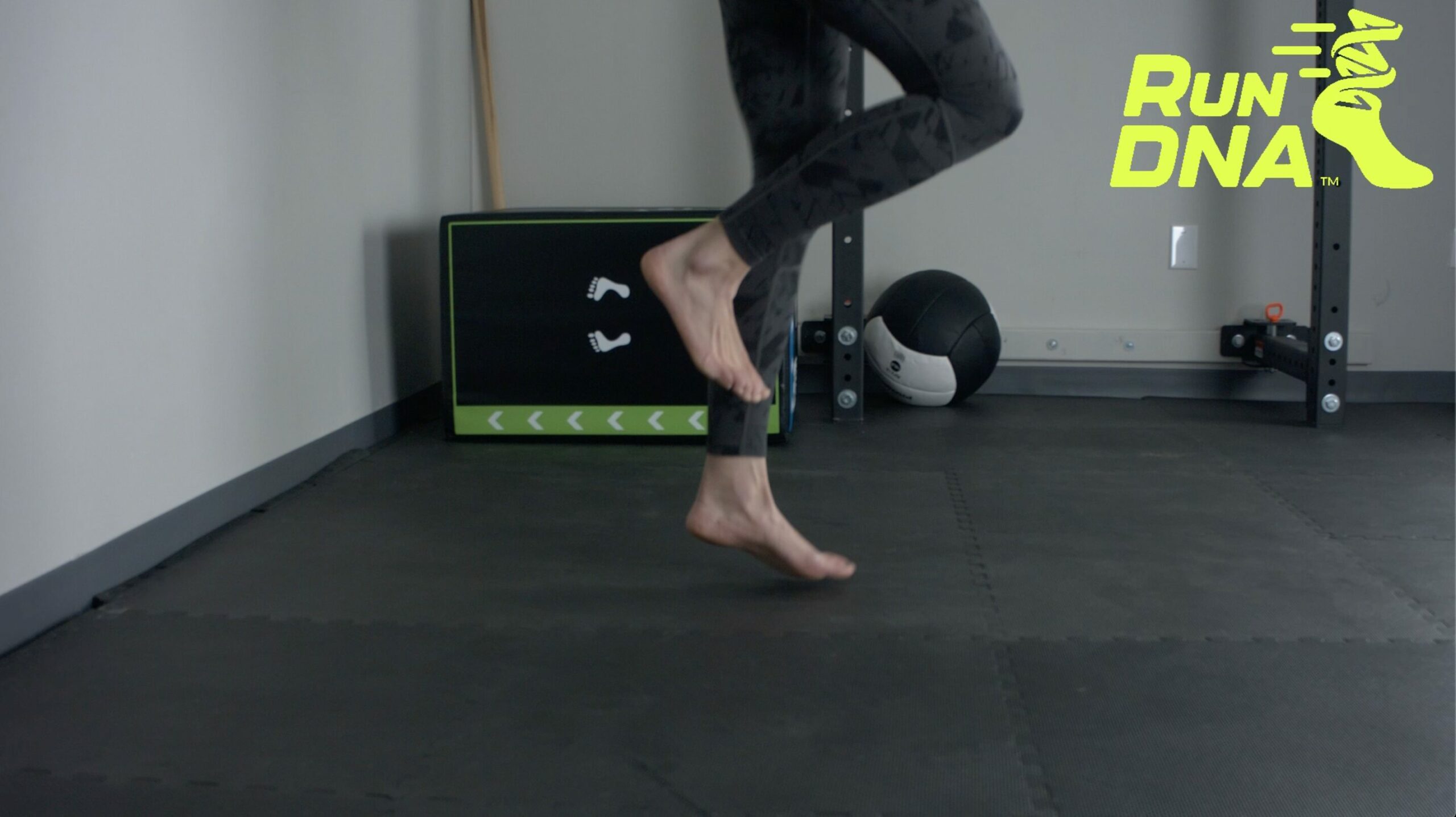The final phase of the rehab progression that we discussed a few weeks ago is load management. We discussed loading in terms of return to running. Another way to progress loading is through plyometric training. The primary goal of plyometric training is to keep runners healthy and allow athletes to progress towards other return to sport activity.
Whether you are a runner, a field athlete (football/soccer/lacrosse/field hockey player), an overhead athlete (baseball/softball) or a combo athlete (basketball/volleyball/tennis), plyometric training is an integral part of safe return to sport activity and is often the missing link between strength training and return to full performance.
Plyometrics help to train our bodies to develop greater power and to properly absorb forces, both very important factors in running as well as many other sports. Plyometrics include anything where there is quicker movement and higher impact landing (jumping, hopping, skipping, box jumps, bounding, etc).
What are the benefits of plyometrics?
- Injury Prevention
- Improves running efficiency
- Improves running speed and endurance (yes, endurance!)
- Increases power and velocity with movement
- Improves reaction time
- Improves balance
To simplify: plyometrics help to prevent injury and also help with performance by allowing us to become faster, stronger and more powerful.
Where do I start?
When beginning a plyometric program, it is important to consider your prior level of activity, age, health status, injury history, as well as your overall ability to properly perform the activity. This will help to determine an appropriate starting point.
Below you will see a video of the plyometric progression that we utilize to test an individual’s plyometric ability and ensure that they start at a proper level and intensity (side note: Brianne needs some work on her plyometrics!).
When evaluating an individual’s performance, quality > quantity. Looking at form with the eccentric phase all the way through to landing phase is very important to ensure proper prescription of exercise, proper benefits with training and to avoiding injury.
For our test, the level at which your form starts to deteriorate or at which you are unable to complete the activity correctly, will guide the starting point for your plyometric training program.
What constitutes failure at a specific level of the plyo progression?
1. Inability to maintain balance
2. Knees collapse inward
3. Opposite hip drops during single leg jump
4. Pain with movement
In the video you will see that Brianne starts to fail at the depth jump with quick recovery to hurdle jump (she blames that on her enormous amount of SLOW twitch fibers). We would prescribe exercises based upon these results.
So, how much plyometric training is enough?
Athletes really only need between 60-100 foot contacts per plyometric training session. As a beginner, you should start closer 60 contacts per session and progress up towards 100. Increased number of foot contacts beyond 100 per session does not correspond to an increase in performance.
It is recommended that we perform plyometric training 2x per week to allow adequate recovery time between sessions. You also want to consider this recovery period when scheduling sessions around games or races.
For those that are recovering from an injury, discuss with your PT or doctor when plyometrics may be beneficial to add to your rehab program.
For healthy individuals, beginning a plyometric training program can significantly improve your performance and keep your body healthy.
If you have questions or need some additional information/guidance on how to begin, it would be beneficial to speak to a one of us. Do not hesitate to reach out!

